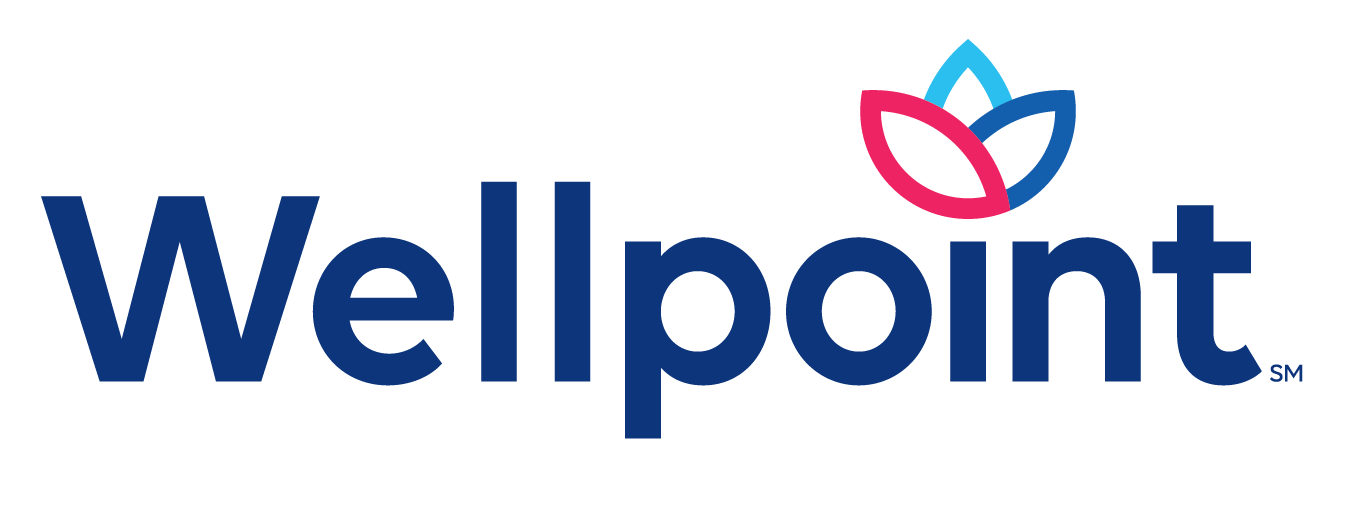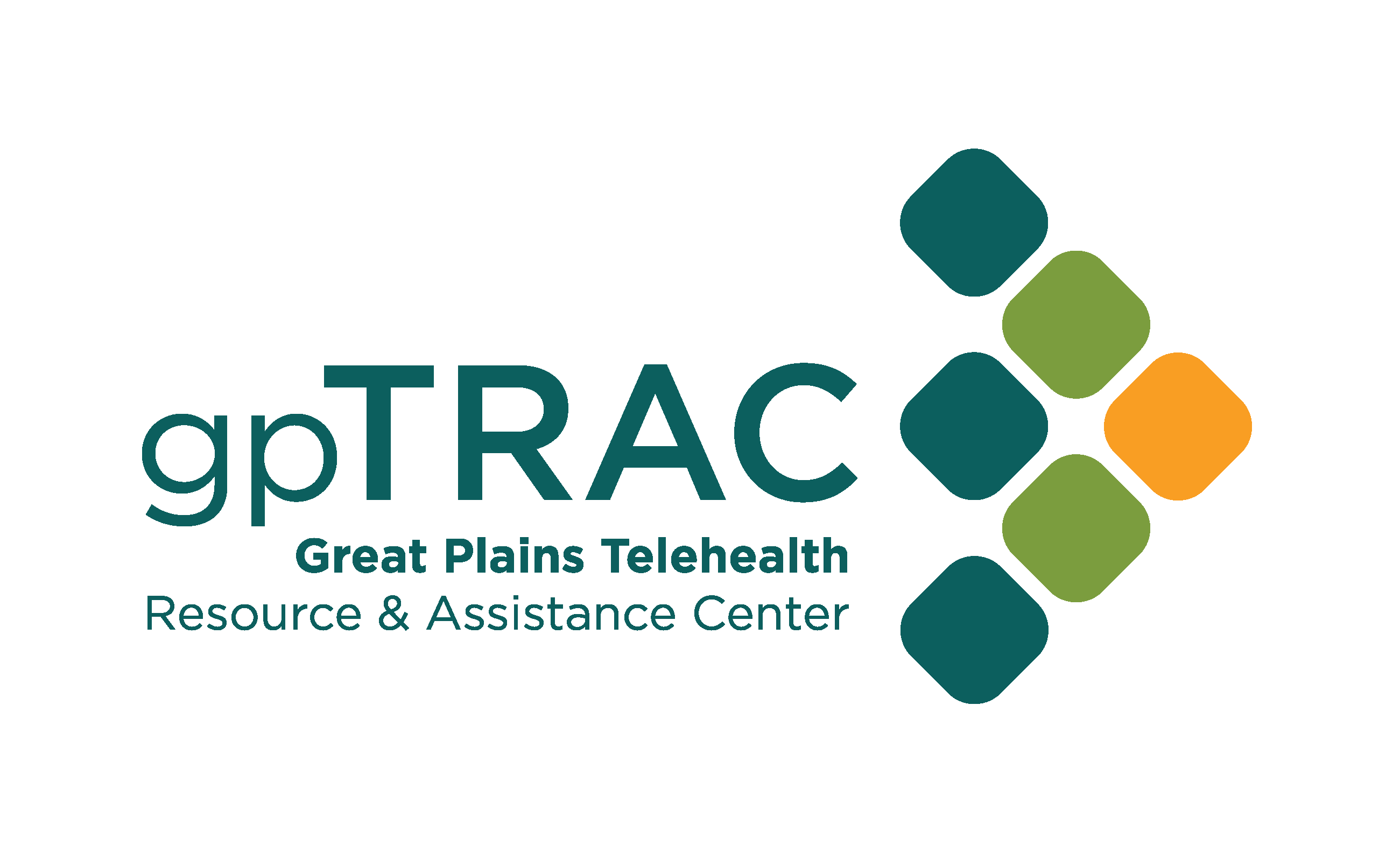It’s something everyone has experienced during a visit to a clinic. We all know it’s going to happen so we roll up our sleeve, mat down our sweater, or take off our jacket after our temperature and weight has been taken. Blood pressure is one of the vital signs yet such a simple and routine process in health care can be complex.
Even the smallest increases in blood pressure above normal reduces life expectancy and have a significant impact on the health of patients. In people with hypertension and elevated blood pressure, when blood pressure is lowered there is less vascular damage to organs (kidneys, heart, eyes, brain) and the treatment of high blood pressure lowers risk of cardiovascular disease and death. While it is important to note that we can’t eliminate the risks associated with having high blood pressure entirely by driving blood pressure back down to normal, we can lower the risk of heart attack, stroke, and death by controlling blood pressure.
Setting Standard, Together
Eleven of the health centers in Iowa have set a standard for improving blood pressure control rates and we had to start at the ground level with blood pressure competencies. The Iowa PCA performance improvement team began by working with each health center to assess each clinics’ ability to take accurate blood pressure. Were the exam rooms set up so that an accurate reading could occur? Had the blood pressure equipment been calibrated? Was the cuff placed over clothing, was the cuff the right size, was the patient talking, had they rested for five minutes before the measures was taken, was their back, arm, and feet supported, were their legs crossed and did they have a full bladder? A no response to any of these questions can account for inaccurate blood pressure measurement.
We then worked with a subcommittee of health center staff to develop a patient engagement and education toolkit and developed a consistent approach to training and retraining of staff on at least an annual basis. And, part of this work involved how to engage the patients in helping to ensure they were in the right position for the measurement to occur. Many of the health centers have now posted the below visual in their exam rooms and it is serving as a meaningful reminder to patients and health center staff.
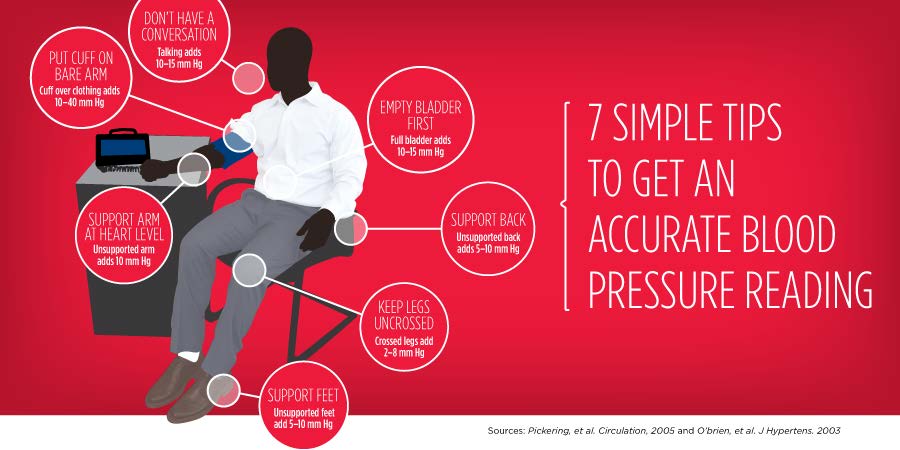
Once the blood pressure competency training was completed by all the health centers, our Chief Medical Officer, Dr. Michael Piplani who also serves as Chief Medical Officer of Siouxland Community Health Center gassed up his car and completed a “heartfelt” tour to all the health centers to underscore the importance of this work with the health center providers.
More Improvement
Since completing the foundational work of blood pressure competency training, we’ve shifted our focus to the myriad other issues that impact blood pressure control rates. Our recommitment to ensuring blood pressures are being taken appropriately did reduce our control rates, but we are now better-positioned to undertake additional performance improvement work. Our primary focus areas are on recalling patients not in control, assessing our health information technology systems to ensure they are working for staff, beginning to tackle undiagnosed hypertension, integrating clinical pharmacy services, and thinking about how our dental and behavioral health clinics can play a role in identifying patients who need education and support to better control their blood pressure.
Recently, in honor of our recommitment to overall heart health, the Iowa PCA staff wore red during American Heart Month. We commend all the health care and public health professionals across the state that are working to improve the heart health of Iowans. And, three cheers for using less salt, moving more, and for helping to better engage patients in their own care!


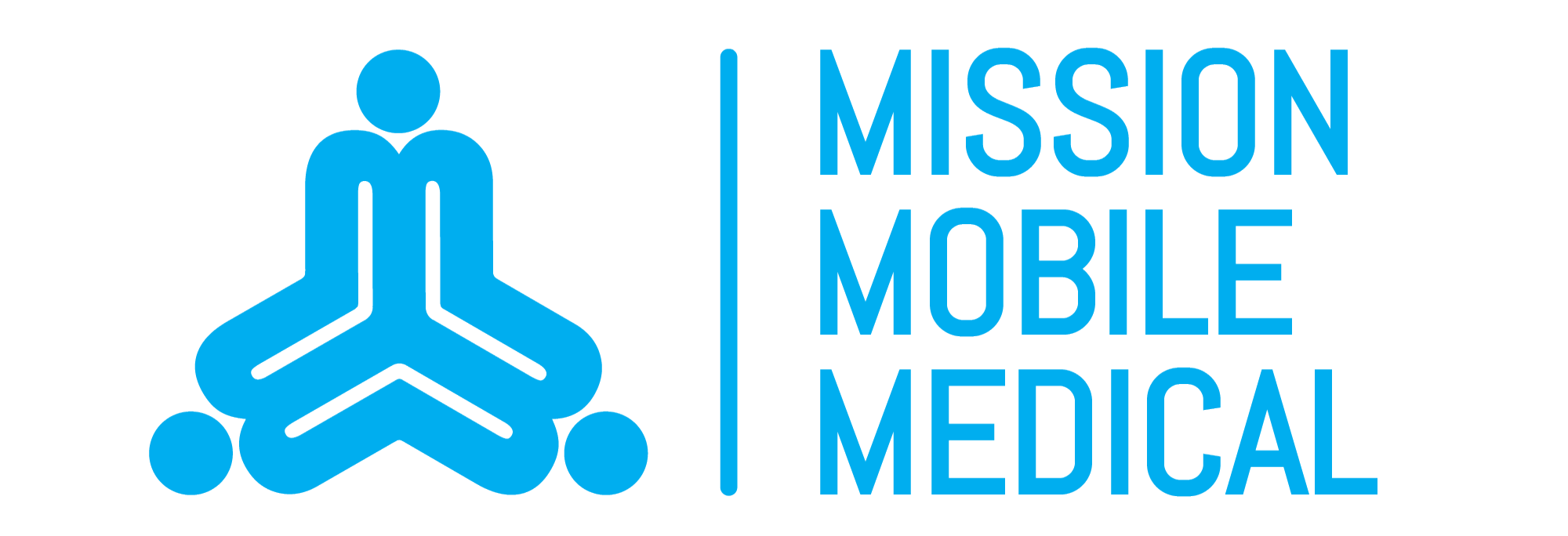

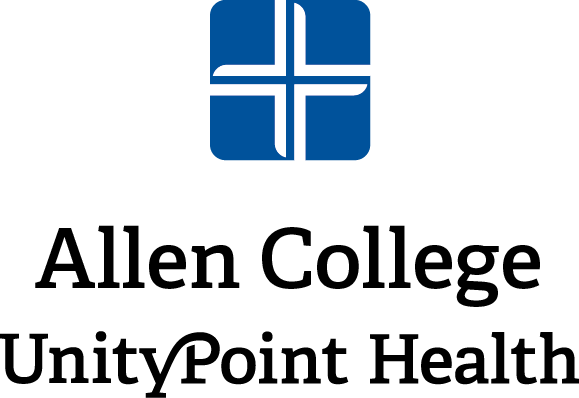






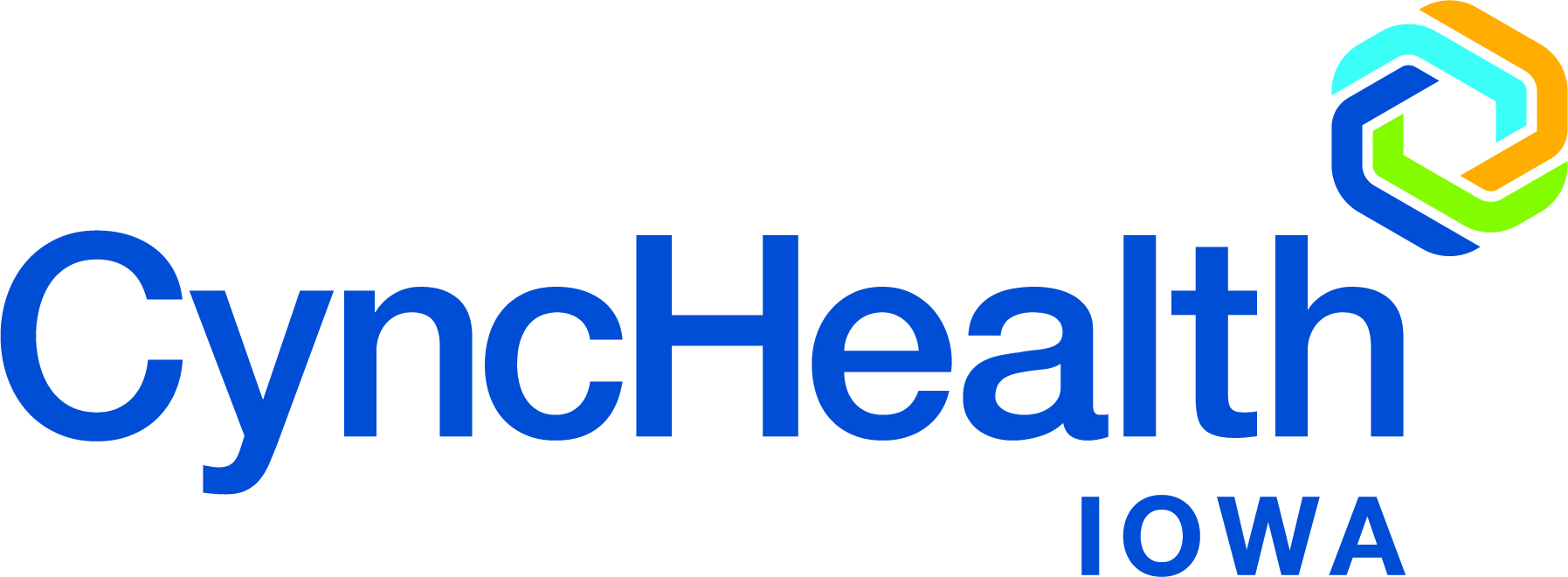

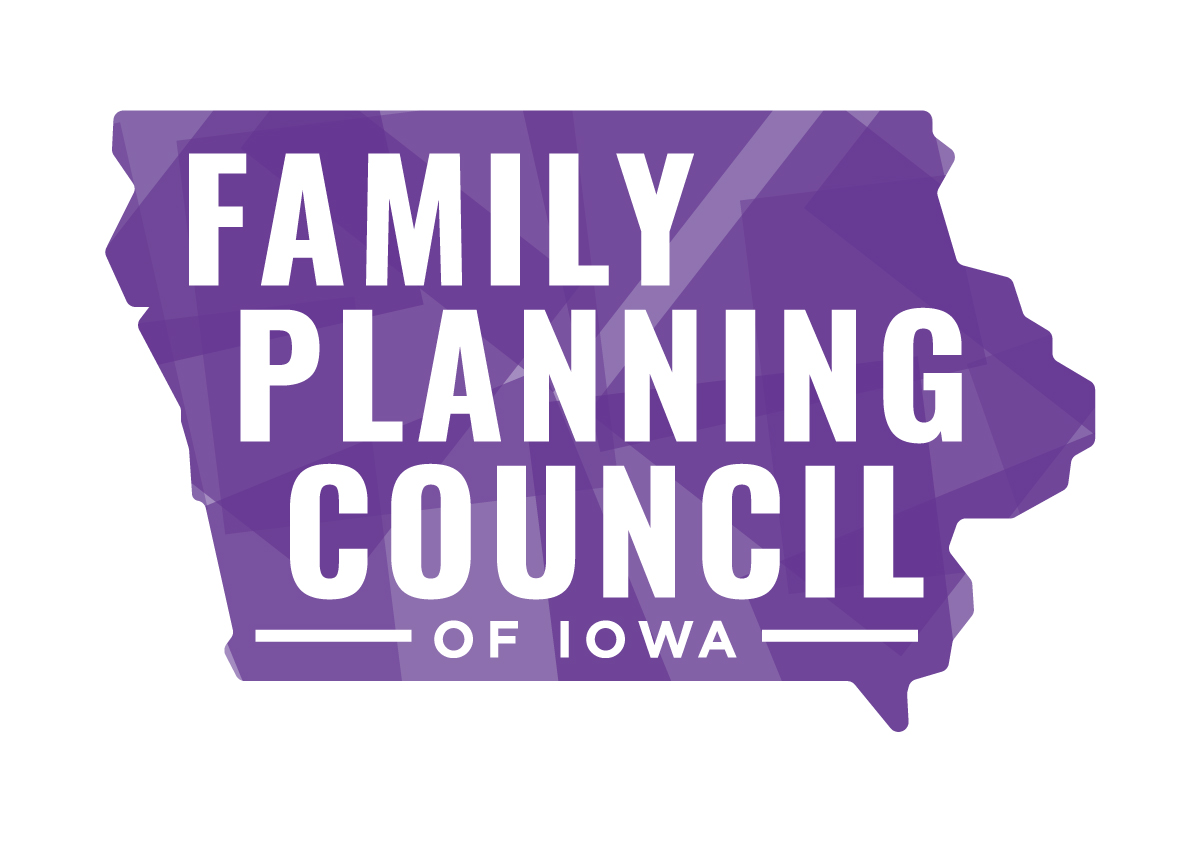




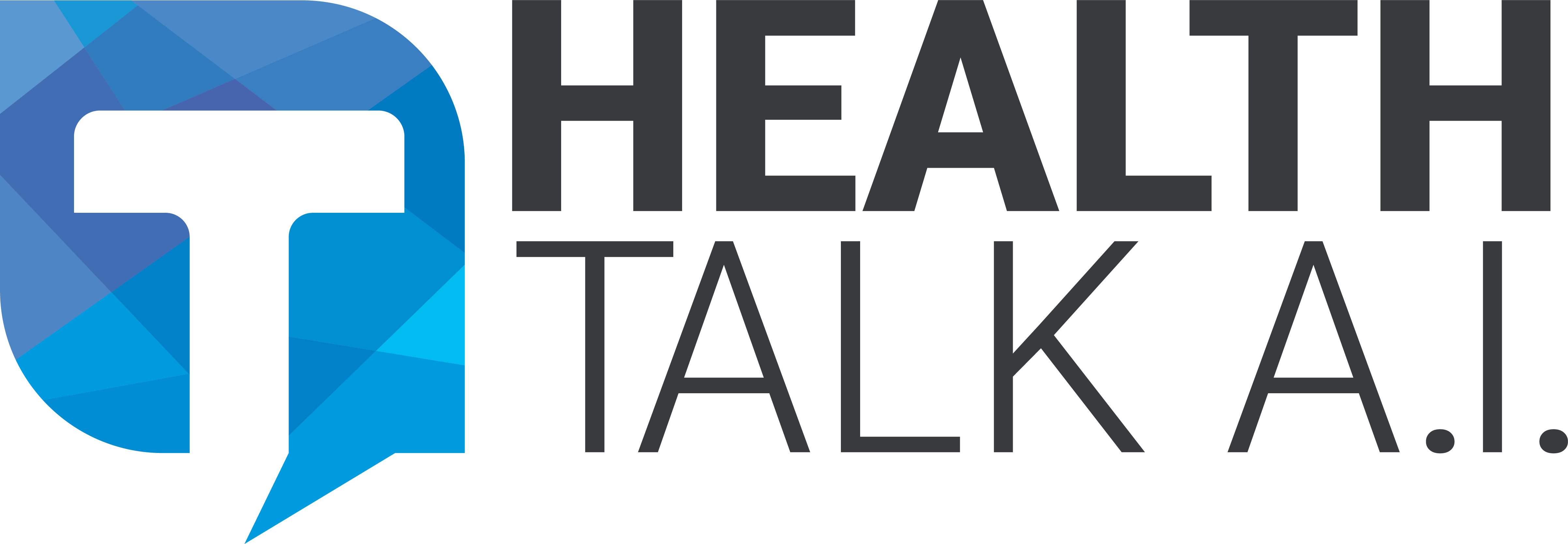
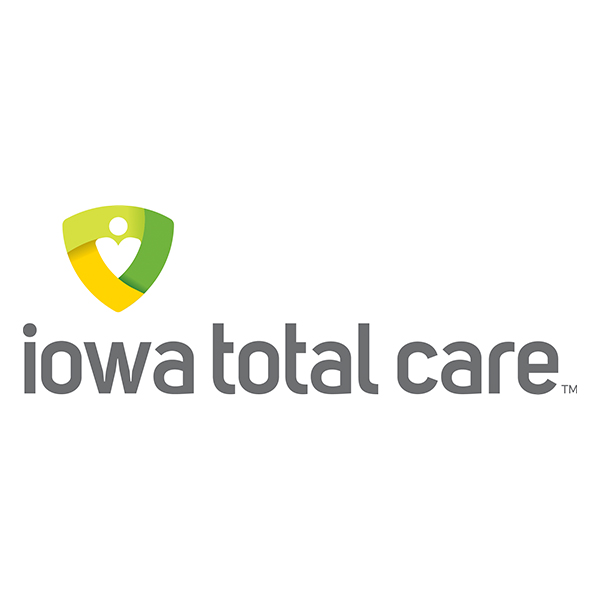







.png)







